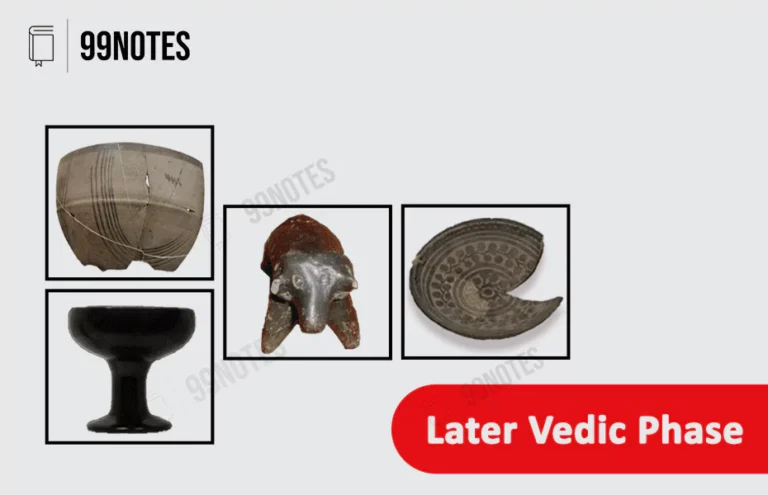Megaliths: Ancient Stones & Their Mysteries (UPSC Exam Notes)
Megaliths
Megaliths are large stone structures built a long time ago, during the Stone and Bronze Ages. These big stones were set up by people in different ways, like in circles or standing alone, and can be found all over the world, including places like Europe, Asia, and Africa.
People in the past used them for different reasons, such as to remember important places, for ceremonies, or to mark where someone was buried. By looking at these stones, we can learn a lot about how people lived, what they believed, and how they worked together to build such big without modern tools.
A megalith is a large stone used alone or in conjunction with other stones to build a prehistoric structure or monument. The History of South India in the Iron Age is marked by the Megalithic burials and the Sangam literature. We can recreate the history of this era with the aid of these burial sites and the Sangam literature. The usage of megaliths was so widespread that it is sometimes called a Megalithic civilization.
Megaliths structure construction mainly began in the Neolithic and persisted into the Chalcolithic, Bronze, and Iron Ages.
- The Megalithic civilization was widespread in Kashmir, the Deccan, and South and North East India. However, it is more prominent in the Post-Neolithic sites of South India.
- Such sites contain various types of artefacts and archaeological evidence such as Human remains with pottery (Black and Red ware), tools, weapons of Iron and sometimes skeletons of horses, horse equipment, and ornaments (made of stone and gold). These help in the reconstruction of the history of the time.
Types of Megaliths
All Megalith sites can be classified into either Monolithic types or Polylithic types.
1. Monolithic types – Monolithic sites are simple and consist of a single stone. These are further classified into the followings: –
| Types of Monolithic burials | Representation(not necessarily from India) |
| Menhir: ● Single stone standing vertically. ● It could also exist as part of a group of similar stones. ● It comes in different sizes with uneven and square shapes, often tapering towards the top. |
|
| Stone circle ● A monument of large stones standing in a circle. |
2. Polylithic types – In Polylithic sites, more than one stone is used to make the megalithic structure. These are further classified into the followings: –
| Types of Polylithic burials | Representation(not necessarily from India) |
| Dolmen ● Made in a single chamber tomb. ● It consists of three or more upright stones supporting a large flat horizontal capstone. |
|
| Cairn ● Cairn is a human-made pile of stones, often in conical form. ● Usually found in uplands, moorland, mountaintops, or near waterways. |
|
| ● Cromlekh It is a circle of stones arranged vertically, often around a tomb, with a stone slab ceiling. | |
| Cist ● It was used as encasements for dead bodies. ● The presence of ornaments within an excavated cist indicates wealth. |
Features of the Megalith societies
-
- It showed ancestor worship in ancient India. For Example- Kurumbas approach the megalithic monuments of their ancestors, whom they implore to help them tide over their difficulties.
- Position of Women: Megaliths shows patriarchal society as megaliths were made for only male family members.
- Iron Age: These megalith sites in South India depict one of the first use of Iron in the world in the 10th Century BCE. Mayiladumparai is the oldest site in India with traces of Iron. It dates back to the 18th century BCE, but the use of Iron can be confirmed only up to the 10th Century BCE.
Explore additional significant articles on Ancient Indian History listed in the table below:
| Stone Age | Harappan Civilisation |
| Vedic Period | The Mahajanapadas |
| Age of Satvahanas | Understanding Mauryan Society |
| The Gupta Empire | Indian During Its Golden Age |


![Complete Vedic Period Upsc Notes [1500 Bce-500 Bce] | Updated July 4, 2025 Complete Vedic Period Upsc Notes [1500 Bce-500 Bce]](https://www.99notes.in/wp-content/uploads/2023/04/vedic-culture-99notes-upsc-1-768x495.webp)

![Sangam Age: Literature, Map, &Amp; Dynasties [Upsc Exam Notes] | Updated July 4, 2025 Sangam Age: Literature, Map, &Amp; Dynasties [Upsc Exam Notes]](https://www.99notes.in/wp-content/uploads/2023/04/megalith-sangam-age-99notes-upsc-768x495.webp)

